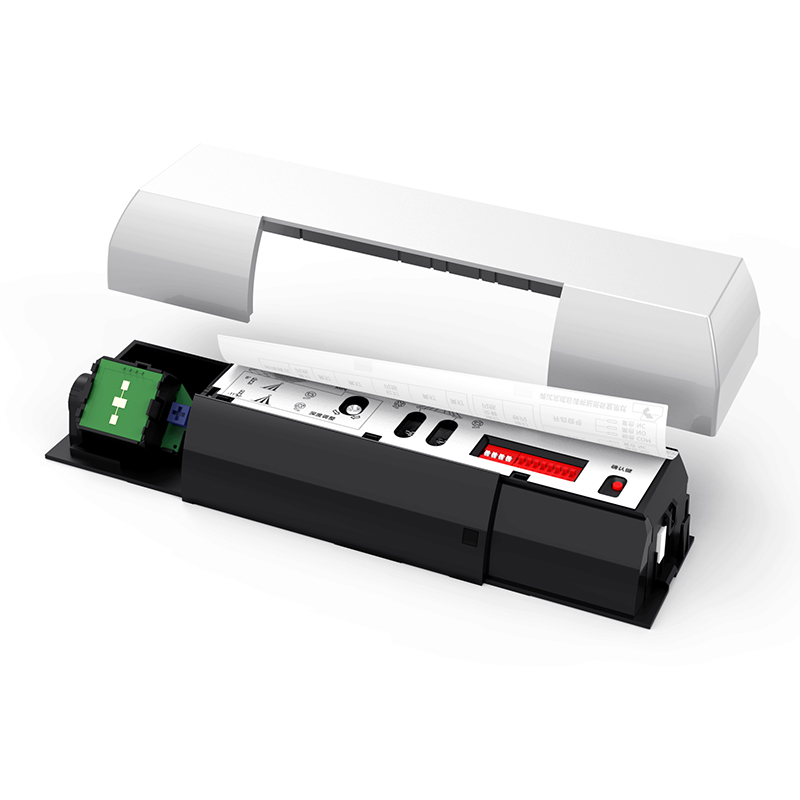What measures do automatic door sensor manufacturers take to ensure reliability and accuracy in detecting motion and presence?
Automatic door sensors play a crucial role in modern buildings, providing convenience, accessibility, and enhanced safety for occupants. These sensors detect motion and presence, triggering the automatic opening and closing of doors, thereby improving traffic flow and facilitating hands-free access. However, ensuring the reliability and accuracy of automatic door sensors is paramount to their effective operation. In this article, we'll explore the measures taken by automatic door sensor manufacturers to ensure the reliability and accuracy of their products in detecting motion and presence.

1. Advanced Sensor Technologies:
Automatic door sensor manufacturers employ advanced sensor technologies to enhance reliability and accuracy in motion detection. These technologies may include passive infrared (PIR) sensors, microwave sensors, ultrasonic sensors, or a combination of these technologies. By integrating multiple sensor types, manufacturers can achieve greater sensitivity and accuracy in detecting motion and presence, minimizing false triggers and improving overall performance.
2. Calibration and Adjustment:
Manufacturers meticulously calibrate and adjust automatic door sensors during the manufacturing process to ensure optimal performance. This involves fine-tuning sensor sensitivity, detection range, and response time to accurately detect motion and presence while minimizing false activations. Additionally, manufacturers provide detailed installation and adjustment instructions to ensure proper setup and alignment of sensors for reliable operation in various environmental conditions.
3. Environmental Considerations:
Automatic door sensor manufacturers carefully consider environmental factors that may affect sensor performance, such as temperature fluctuations, humidity levels, and ambient light conditions. Specialized coatings and materials are used to protect sensors from moisture and dust, while shielding mechanisms are employed to minimize interference from external light sources. By addressing environmental considerations, manufacturers ensure consistent and reliable operation of automatic door sensors in diverse settings.
4. Signal Processing Algorithms:
Sophisticated signal processing algorithms are implemented by automatic door sensor manufacturers to analyze sensor data and distinguish between legitimate motion and false triggers. These algorithms filter out noise and interference, prioritize relevant signals, and adaptively adjust sensor parameters in real-time to optimize performance. By leveraging advanced signal processing techniques, manufacturers enhance the reliability and accuracy of automatic door sensors, even in challenging environments.
5. Quality Assurance and Testing:
Stringent quality assurance measures are implemented by automatic door sensor manufacturers to validate the reliability and accuracy of their products. Comprehensive testing protocols simulate various operating conditions, including high-traffic scenarios, temperature extremes, and variable lighting conditions, to ensure consistent performance across different environments. Additionally, field testing and validation in real-world applications allow manufacturers to gather feedback and fine-tune sensor designs for improved reliability and accuracy.
6. Continuous Improvement and Feedback Loop:
Automatic door sensor manufacturers are committed to continuous improvement and innovation. They actively solicit feedback from customers, installers, and end-users to identify opportunities for enhancement and address any issues or concerns. This feedback loop informs product development initiatives aimed at improving reliability, accuracy, and overall performance. By incorporating customer feedback and leveraging advancements in sensor technology, manufacturers continually refine their automatic door sensor designs to meet the evolving needs of users.
Conclusion:
Automatic door sensor manufacturers employ a range of measures to ensure the reliability and accuracy of their products in detecting motion and presence. Through the use of advanced sensor technologies, meticulous calibration and adjustment, consideration of environmental factors, sophisticated signal processing algorithms, rigorous testing, and continuous improvement initiatives, manufacturers deliver automatic door sensors that reliably and accurately facilitate hands-free access in various settings. By prioritizing reliability and accuracy, manufacturers enhance the functionality, convenience, and safety of automatic door systems, contributing to improved accessibility and user experience in buildings and facilities.







